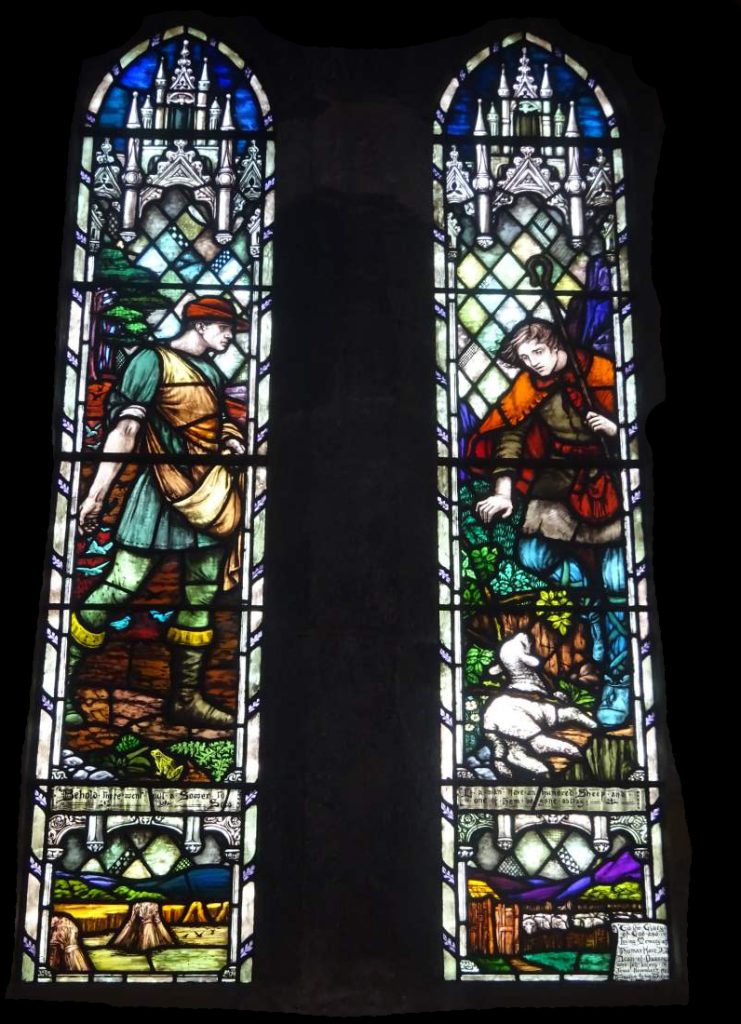
Create MODERN PARABLES capable of transforming people.
after all, what would Jesus do?
Homepages are like shop windows. They should give the consumer an idea of what the business does, who’s running the business, and at least a hint of what it offers.
Homepage designs can either entice people to look deeper, or they can fail to capture a visitor’s attention (or worse, actively drive them away).
Do not be afraid of new technologies! These rank “among the marvelous things” – inter mirifica – which God has placed at our disposal to discover, to use and to make known the truth, also the truth about our dignity and about our destiny as his children, heirs of his eternal Kingdom.
Pope John Paul II - Apostolic Letter: The Rapid Development to those Responsible for Communications
Here is a StoryBrand overview, please watch…
Where StoryBrand began at our Archdiocese
Deacon Dana Nearmyer was introduced to StoryBrand about 10 years ago. You can clearly see the fruit of this on the Prairie Star Ranch website.
PSR has a very sImple and effective page design.that does not overtax the brain to quick understand. It has lots of direct and transitional calls to action.
Look at this website with fresh eyes:
https://archkck.org/prairie-star-ranch/home/
how to StoryBrand your website, step by step
If you are new to StoryBrand or are simply looking for a guide to ensure your website StoryBrand is done properly and effective, look no further.
There is a formula to making your website make money for you and this is it. Once you provide your website with the right framework following these steps, the rest is up to time. When your website is guided by StoryBrand it is given the foundation for successful customer engagement and an engaged customer becomes a buying customer in minutes.
Watch this video and StoryBrand your website and let’s get you connected with the right targets!
What is a parable?

The Parables of Jesus
A master at teaching with parables, Jesus spoke about 35 percent of his recorded words in parables. According to the Tyndale Bible Dictionary, Christ’s parables were more than illustrations for his preaching, they were his preaching to a great extent. Much more than simple stories, scholars have described Jesus’ parables as both “works of art” and “weapons of warfare.”
The purpose of parables in Jesus Christ’s teaching was to focus the listener on God and his kingdom. These stories revealed the character of God: what he is like, how he works, and what he expects from his followers.
Most scholars agree that there are at least 33 parables in the Gospels. Jesus introduced many of these parables with a question. For example, in the parable of the Mustard Seed, Jesus answered the question, “What is the Kingdom of God like?”
One of Christ’s most famous parables in the Bible is the story of the Prodigal Son in Luke 15:11-32. This story is closely tied to the parables of the Lost Sheep and the Lost Coin. Each of these accounts focuses on the relationship with God, demonstrating what it means to be lost and how heaven celebrates with joy when the lost are found. They also draw a keen picture of God the Father’s loving heart for lost souls.
Zavada, Jack. “What Is a Parable?”
Learn Religions, Dec. 6, 2021
learnreligions.com/what-is-a-parable-700744
Characteristics of a Parable
Parables are typically brief and symmetrical. Points are presented in twos or threes using an economy of words. Unnecessary details are left out.
The settings in the story are taken from ordinary life. Figures of speech are common and used in context for ease of understanding. For example, a discourse about a shepherd and his sheep would make hearers think of God and his people because of Old Testament references to those pictures.
Parables often incorporate elements of surprise and exaggeration. They are taught in such an interesting and compelling manner that the listener cannot escape the truth in it.
Parables ask listeners to make judgments on the events of the story. As a result, listeners must make similar judgments in their own lives. They force the listener to make a decision or come to a moment of truth.
Typically parables leave no room for gray areas. The listener is forced to see the truth in concrete rather than abstract pictures.
